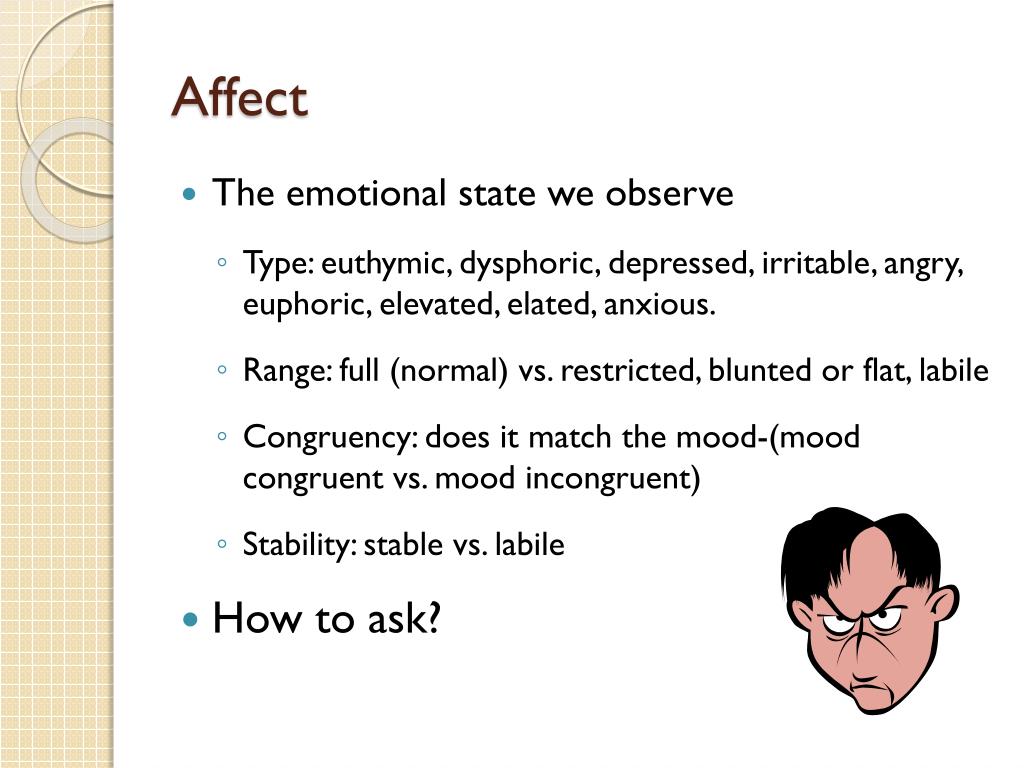
Want to learn more? Read the full breakdown of the difference between affect and effect.

Here’s an example of affect and effect used correctly in the same sentence.Įxample: It’s unclear what immediate effects the new law will have or how it will affect future generations. You can also remember how affect and effect are most commonly used by using the acronym RAVEN: You can remember that affect is most commonly used as a verb because it begins with a, for action. However, these senses of the words are much less commonly used. Complicating things further is the fact that affect can also be used as a noun (referring to a state of emotion, as in He had a sad affect) and effect can also be used as a verb (meaning to make happen, as in We can only effect change by taking action). Remembering the difference between the words can be especially hard because these senses of the words have just about the same pronunciation. Effect is most commonly used as a noun meaning a result or consequence. They can also help identify any discounts for which you may qualify.Affect is most commonly used as a verb meaning to act on or produce a change in someone or something. Your insurance provider can help you decide which limits, deductibles and coverages are right for you. Generally, you may find that setting a higher deductible means you'll pay less for your policy. Your deductible - the amount you agree to pay before your insurance kicks in to help pay for a covered loss - also plays a role in the amount of your premium. Effect is most commonly used as a noun meaning a result or. You'll likely find that the more coverage you purchase, the higher your premium may be. Affect is most commonly used as a verb meaning to act on or produce a change in someone or something. Typically, each coverage in a policy has its own limit, and you may be able to adjust it based on your needs.

Your limits and deductiblesĪ limit is the maximum amount your policy will pay toward a covered loss.

There are also optional protections you may want to consider such as towing and labor costs, rental reimbursement and sound system coverage. Coverages that are also typically included in a car insurance policy are comprehensive coverage, collision coverage, uninsured/underinsured motorist coverage, and medical payments or personal injury protection, depending on the state. Most states have some auto insurance requirements, typically involving liability coverage. The coverages you choose may affect the cost of your car insurance premium.


 0 kommentar(er)
0 kommentar(er)
